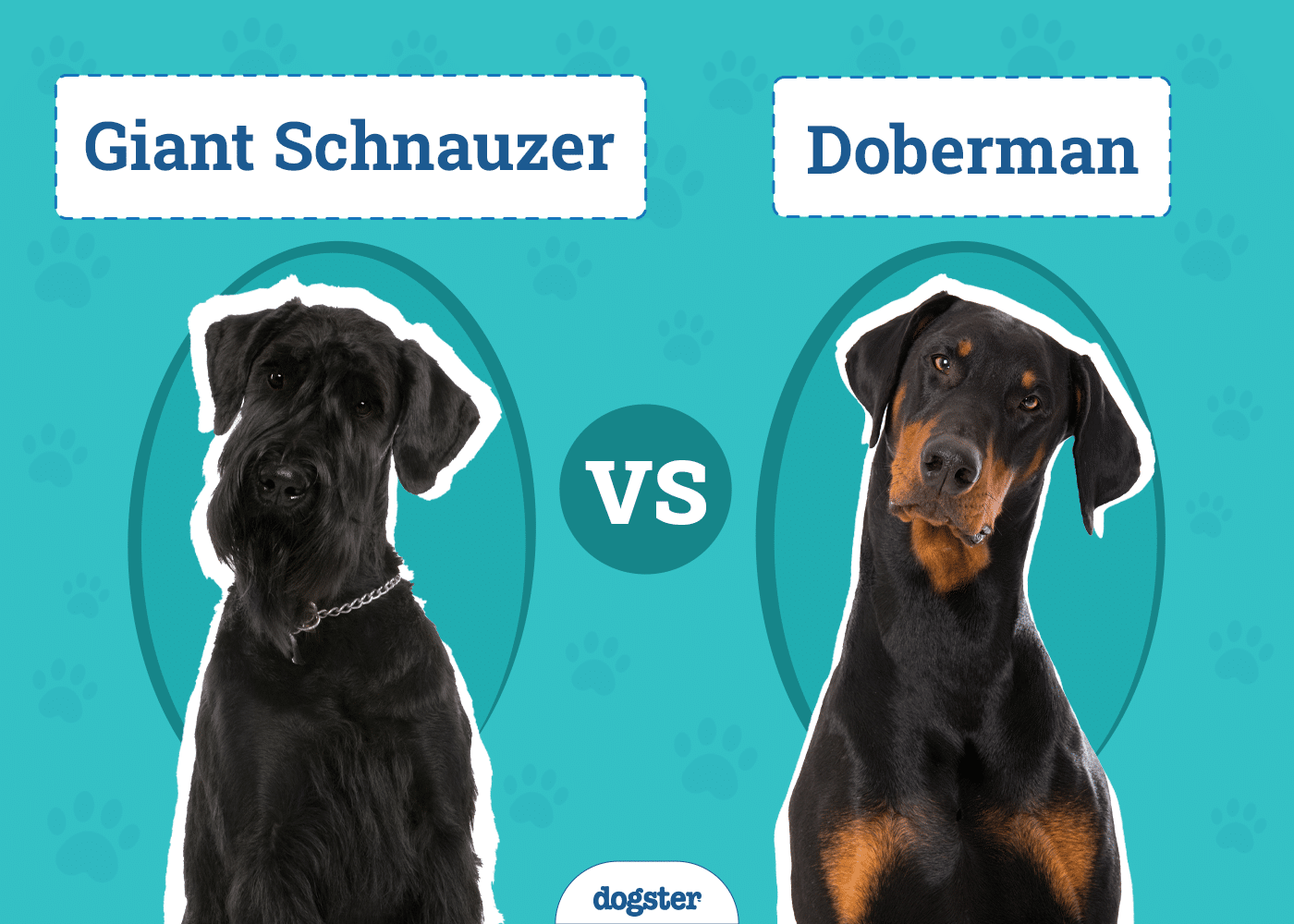Our canine companions can improve lives in countless ways, especially for those dealing with emotional or mental health challenges. If you’re considering getting a dog certified as an emotional support animal (ESA) to help with anxiety, depression, or other conditions, the process is simpler than you’d think. Here’s how to make it happen.
To qualify for an emotional support dog, a person must have a diagnosed mental or emotional disorder, and the dog must offer comfort and support for that condition. Some conditions that can qualify for an emotional support dog include depression, anxiety, PTSD, mood disorders, and autism.
The certification process isn’t about getting a certificate for the dog but about obtaining a letter for the individual that states they need an ESA. First, find a qualified mental health professional, such as a therapist, psychiatrist, or counselor. This professional must be licensed and will evaluate whether an ESA would benefit the individual based on their mental health diagnosis.
If the mental health professional determines that an ESA will be beneficial, they will provide an ESA letter. This letter includes information about the individual’s condition and explains how the emotional support dog helps. With this letter, the dog is technically recognized as an ESA.
Be wary of online scams offering ESA letters with official seals or registration. These are unnecessary. All that’s needed is the ESA letter from a licensed mental health professional to have the dog recognized as an ESA.
Emotional support dogs offer various benefits, particularly in housing. The Fair Housing Act requires reasonable accommodations for ESAs, even in places that typically don’t allow pets. Additionally, pet fees such as deposits can be waived. Although emotional support dogs don’t have the same public access rights as service dogs, they still provide crucial mental health benefits.
It’s essential to understand that emotional support dogs and psychiatric service dogs are different. Psychiatric service dogs are trained to perform specific tasks and are allowed in public spaces, unlike emotional support dogs, which aren’t.
The main takeaway is that certifying a dog as an emotional support animal involves speaking with a licensed mental health professional who can provide the necessary ESA letter. This simple process opens up significant benefits for those in need.
Certifying an emotional support dog is straightforward—talk to a licensed mental health professional who can diagnose the condition and determine if an ESA is beneficial. The provided ESA letter is all that’s needed for the dog to be recognized as an ESA, offering vital mental health support and housing benefits.










